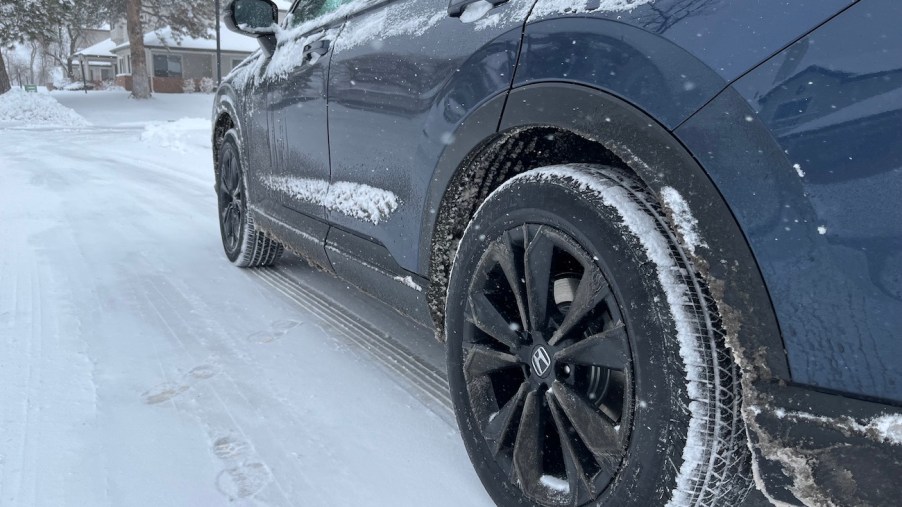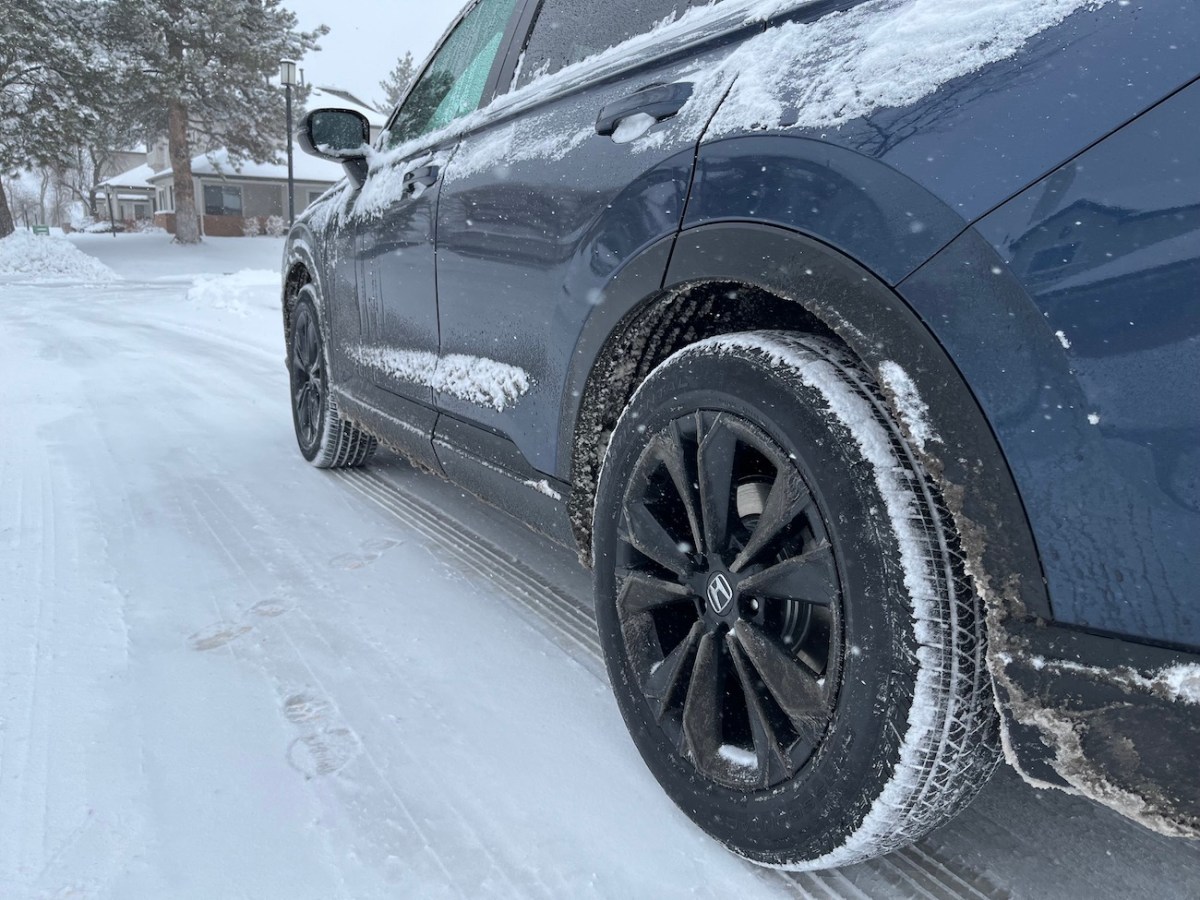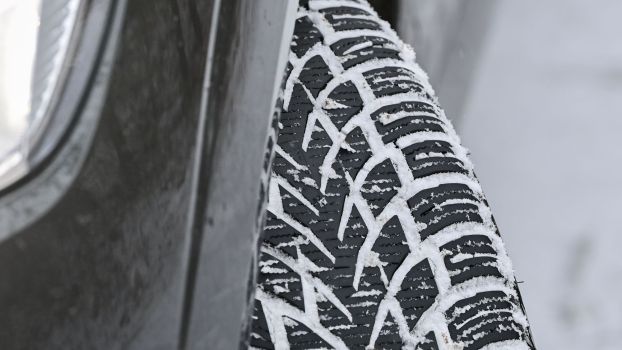
4 Reasons You Shouldn’t Leave Your Winter Tires on in Summer
While it may seem like a good way to save money, leaving winter tires on your car all year is actually a bad idea. Not only does rapid wear mean you’ll end up spending more money on tires overall, but safety is also a concern.

1. Poor tire wear
By leaving winter tires on your car in the summer, you’ll expose the winter tire’s biggest weakness. Winter tires are made with a specialized rubber compound that isn’t found in all-season or summer tires. This compound is designed to stay soft even in cold temperatures. It’s what helps make snows good for gripping cold asphalt and snowy roads.
There are also lots of irregular and jagged tread surfaces cut into snow tires. These are great for providing traction on snow and ice. However, in summer conditions they wear quickly.
Between the unique rubber and aggressive tread pattern, winter tires will quickly degrade on warm asphalt.
Think of it as rubbing a pencil eraser on a concrete surface. The soft rubber quickly tears itself apart, wearing down to nothing in just a few seconds.
The same concept applies to running winter tires in the summer. They can’t stand the heat and the softer rubber will wear at an extreme rate.

2. Reduced handling and stopping capability
For similar reasons as noted above, winter tires will provide worse handling on summer roads than an all-season or summer tire. The soft rubber allows for more flex, which makes handling feel vague and soft.
Simply put, your vehicle will not react the way that it should, especially when cornering or stopping at high speeds. This makes it easy to lose control over your vehicle, creating an unsafe situation. Switching to all-season or summer tires will give a much more stable experience, so you can drive with confidence.
3. Reduced fuel economy
The softness of winter tires extends to create yet another issue when driven in the summer. A higher rolling resistance will drastically reduce fuel economy versus a tire suited for warmer conditions. As the heat increases, the cold weather compound gets even softer, making your fuel economy even worse.
4. Low speed ratings
Lower speed ratings may not matter for some, but for those who log highway miles, it is an important thing to consider. While many all-season and summer tires are rated for well over 100 mph, some winter tires are only safe up to around 85 mph.
Once again, the softer tire construction is a bigger liability here. Not only is winter rubber less able to withstand the stresses of highway drives, but as the weather warms the risk continues to get even higher.
When to change from winter tires to summer tires
There is no specific time to make the change away from winter tires. However, there are some areas where studded tires are only allowed for certain portions of the year.
Those running non-studded snows should have them swapped out for all-season rubber when the temperature consistently exceeds 45-50 degrees. For much of the U.S., that will be sometime in March or April, according to the National Weather Service.
As for when you can put your winter tires back on? It’s best to wait until the temperature consistently drops below 40 degrees. Running new winter tires when it’s still too warm will wear them out before you really need them.




